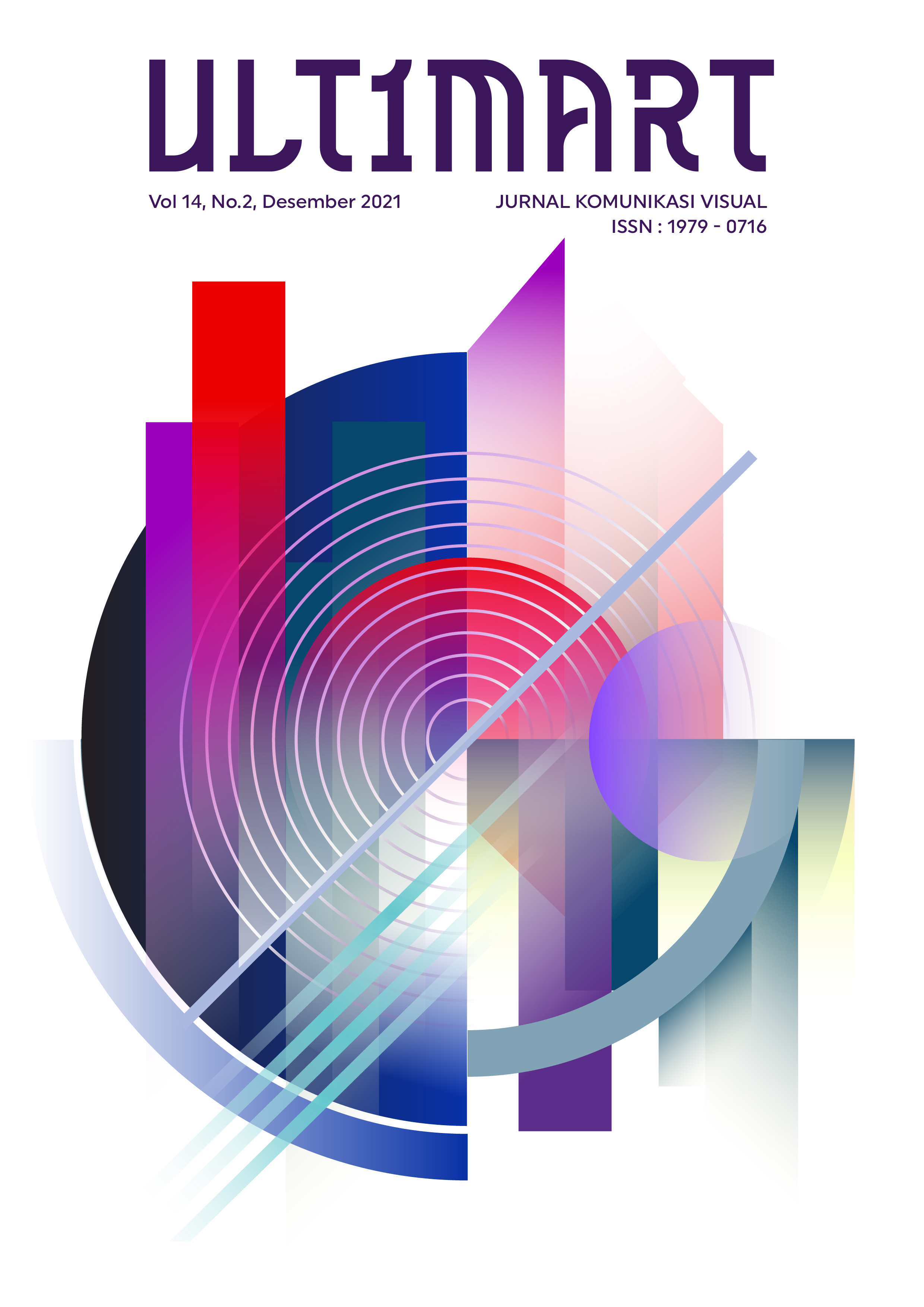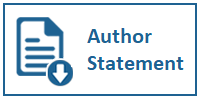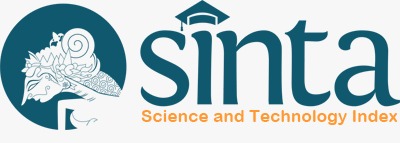Penerapan Metode Design Thinking Pada Model Perancangan Animasi Periklanan Digital Pencegahan Covid-19
DOI:
https://doi.org/10.31937/ultimart.v14i2.2247Abstract
When COVID-19 pandemics first spread in Indonesia, the government has taken several measures to contain further spread of COVID-19 pandemic by taking some preventive and reactive measures. One of the preventive measures taken by the government is to appeal the public by promoting preventive approach to contain the spread of COVID-19. The government in collaboration with the community has often given campaign appeals to prevent the spread of COVID-19, to use digital animated advertisements. This media are often found in public sites can facilitate delivery to the wider community. This design uses design thinking method which consists of these steps: empathize, define, ideate, prototype and test. The use of the design thinking method is expected to be used effectively to design digital animations so that the promotion of preventing the spread of the COVID-19 virus can be more structured and systematic. Public service advertisements about Covid-19 in Indonesia using design thinking and mobile-based web ads are very influential on people's perspectives regarding the current condition of Covid-19 in Indonesia because they can educate and provide information to the public. The result of this design provide recommendations in the form of digital animation model as a public service for the prevention of the Covid-19 virus by using the Google Web Designer application.With this basis, designers can acquire a design thinking method that allows designers to gather various information about existing problems so that they are able to develop ideas and create design alternatives in terms of design.
Keywords: design; digital animation; COVID-19; design thinking
Downloads
Published
How to Cite
Issue
Section
License
Authors retain copyright and grant the journal right of first publication with the work simultaneously licensed under a Creative Commons Attribution-ShareAlike International License (CC-BY-SA 4.0) that allows others to share the work with an acknowledgement of the work's authorship and initial publication in this journal.
Authors are able to enter into separate, additional contractual arrangements for the non-exclusive distribution of the journal's published version of the work (e.g., post it to an institutional repository or publish it in a book), with an acknowledgement of its initial publication in this journal.
Copyright without Restrictions
The journal permits the author(s) to hold the copyright without restrictions and will hold distributing rights without limitations.
The submitted papers are assumed to contain no proprietary material unprotected by patent or patent application; responsibility for technical content and for protection of proprietary material rests solely with the author(s) and their organizations and is not the responsibility of the Ultimart: Jurnal Komunikasi Visual or its Editorial Staff. The main (first/corresponding) author is responsible for ensuring that the article has been seen and approved by all the other authors. It is the responsibility of the author to obtain all necessary copyright release permissions for the use of any copyrighted materials in the manuscript prior to the submission.















